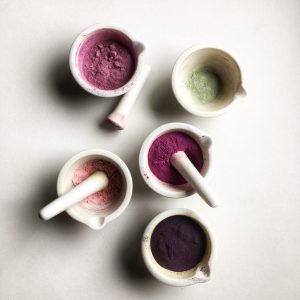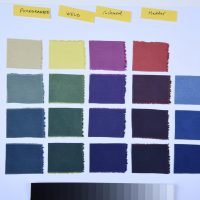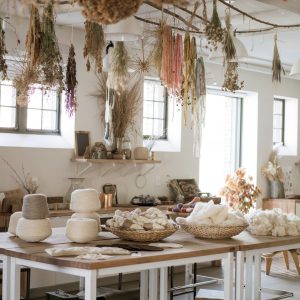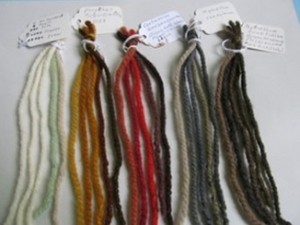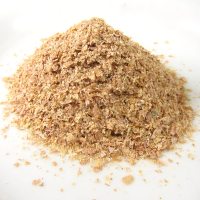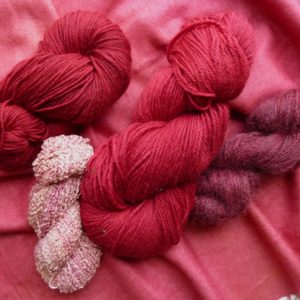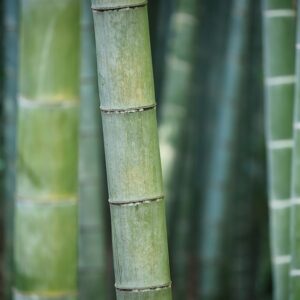Video From LIVE FEEDBACK FRIDAY: Natalie Stopka
This week’s FEEDBACK FRIDAY was with natural dye artist and educator Natalie Stopka. Watch the video recording here: From Natalie (chat box questions answered and more!) >Clothlet Resources: The Materials and Techniques of Medieval Painting by Daniel V. Thompson, 1956. An Anonymous 14th Century Treatise De Arte Illuminandi, The Technique of Manuscript Illumination translated by Daniel Varney Thompson, Jr, and George Heard Hamilton, 1933. (full text online) Looking back over my notes, I did pre-mordant my linen clothlets before applying the stain. Because of the weak attraction between linen and alum, it acts primarily to stabilize the botanical colorant rather than bind it to … Read more

